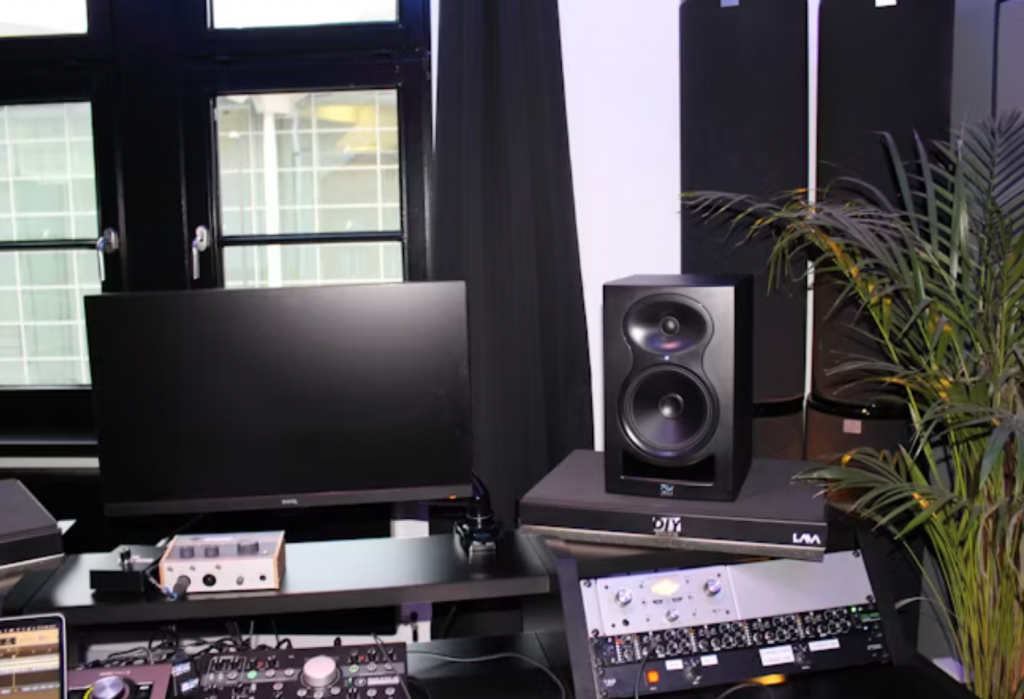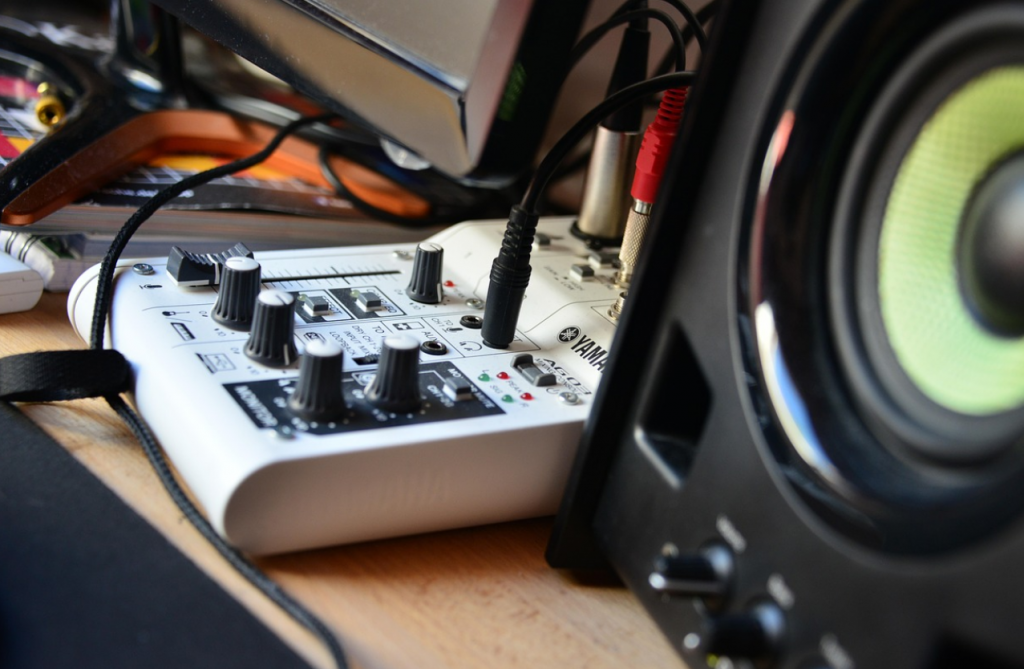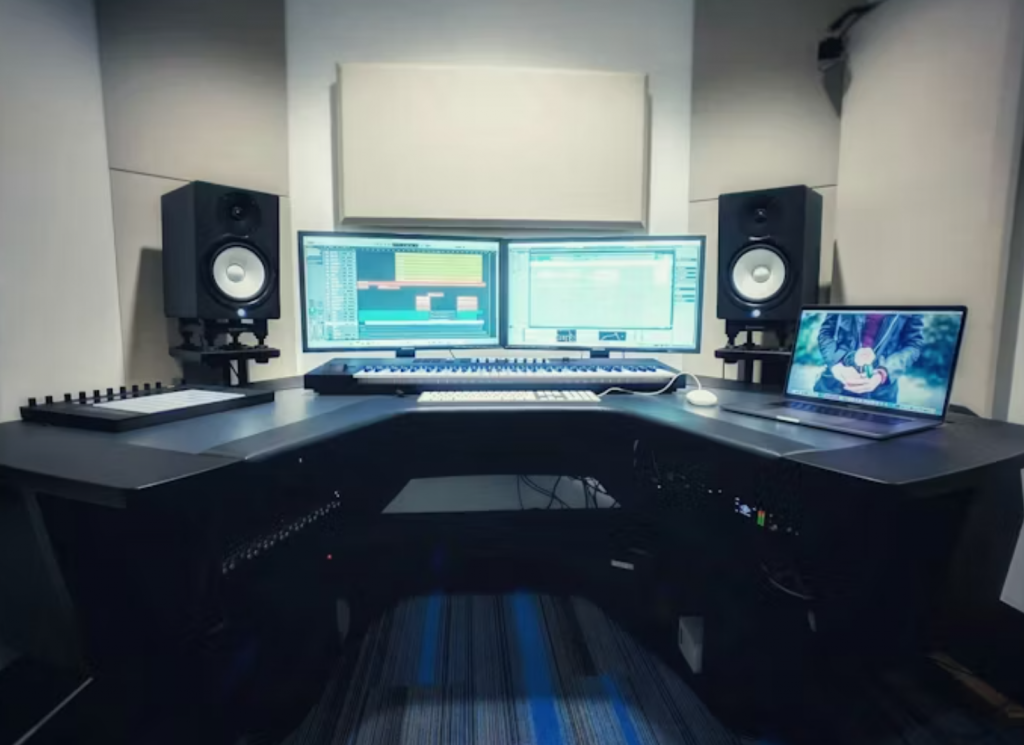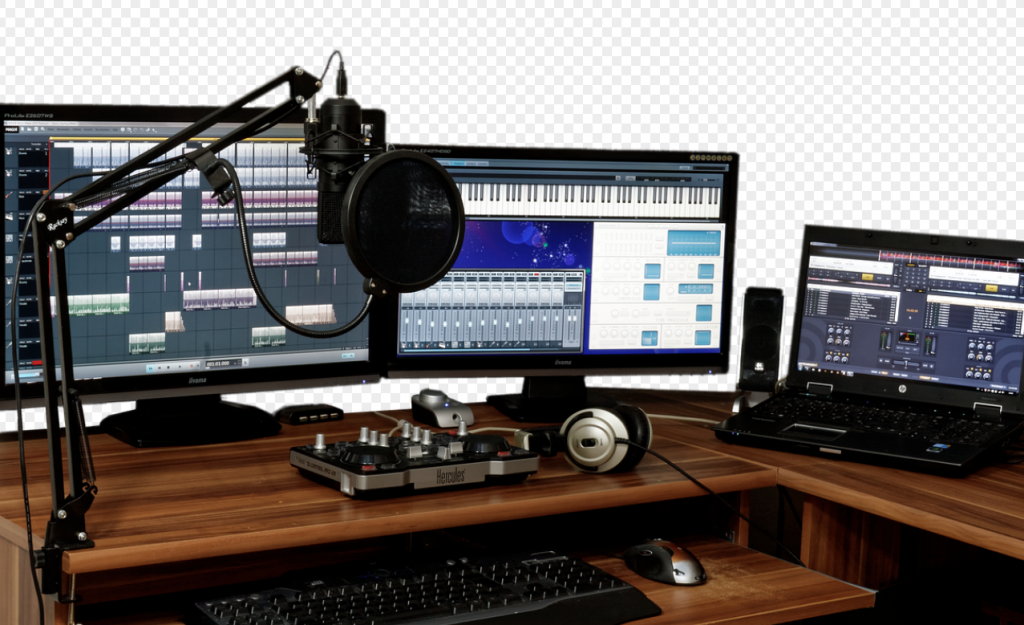Introduction: Achieving High-Quality Vocals Without Breaking the Bank
Recording professional-level vocals doesn’t have to mean draining your bank account. Whether you’re a budding artist or a content creator, achieving crisp, clear vocals on a budget is entirely possible. The key is using the right tools and techniques to make the most out of what you have.
What Does It Mean to Record Pro Vocals?
Pro vocals typically refer to recordings that sound polished, clear, and ready for release. These vocals have minimal background noise, optimal levels, and high clarity, making them stand out in any mix.
Why Record Vocals on a Budget?
Not everyone can afford thousands of dollars worth of equipment, and honestly, you don’t need to. With the right approach, you can record vocals that are just as impressive as those recorded in high-end studios. Budget recording doesn’t mean compromising on quality—it’s about being smart with your choices.
Essential Gear for Budget Vocal Recording
You don’t need a ton of expensive gear to get started with recording. Here are the essentials you’ll need to get professional-sounding vocals on a budget.
Choosing the Right Microphone for the Job
The microphone is one of the most crucial pieces of equipment for vocal recording. For budget-conscious vocalists, it’s important to pick a microphone that offers a great balance between price and performance.
Dynamic vs. Condenser Microphones: Which is Best?
- Dynamic Microphones: These are more affordable and durable, often used for live performances. They’re less sensitive than condenser mics, making them ideal for environments that aren’t soundproofed.
- Condenser Microphones: These offer greater sensitivity and clarity, making them popular in professional studios. Although slightly pricier, there are affordable models that still provide great sound quality for vocal recordings.
Audio Interface: Your Gateway to Great Sound
An audio interface is necessary for connecting your microphone to your computer and converting the analog sound into digital format. Without a good interface, your recordings will suffer from poor quality.
Best Budget-Friendly Audio Interfaces
Look for interfaces that provide clean preamps (which amplify your microphone’s signal) and good conversion rates. Some affordable options include the Focusrite Scarlett Solo, Behringer UMC22, and PreSonus Audiobox USB.
Acoustic Treatment: Soundproofing on a Dime
You can have the best microphone, but if your room is full of echo or unwanted noise, the quality will suffer. Luckily, there are inexpensive ways to improve the acoustics in your space.
DIY Soundproofing Hacks for Home Studios
Start by placing thick blankets or mattresses against walls to absorb sound. DIY bass traps, like packing foam or pillows in the corners of the room, can reduce low-frequency reflections. You can also hang curtains to muffle outside noise.
Recording Techniques to Elevate Your Sound
Now that you’ve got the equipment, it’s time to dive into techniques that will take your vocals from good to great.
Room Setup: Maximizing Your Space’s Potential
Even in a small space, you can create a professional-sounding environment. Position your mic away from walls to reduce reflections, and avoid recording in rooms with hard surfaces like tile or hardwood floors.
The Importance of Mic Placement
The distance between you and the microphone can greatly affect the sound. Too close, and you’ll capture too much breath or plosives. Too far, and your vocals may sound thin. Aim to keep the mic around 6-8 inches from your mouth.
Using Software: Free DAWs and Plugins
Digital Audio Workstations (DAWs) are software platforms where you’ll record, edit, and mix your vocals. While some DAWs can be pricey, there are free options that still deliver great results.
Best Free DAWs for Vocal Recording
- Audacity: One of the most popular free DAWs, Audacity is open-source and offers a wide range of features for beginners.
- Cakewalk by BandLab: A full-featured DAW that’s free to use and offers powerful recording tools.
Layering and Editing: Secrets to a Polished Sound
Once you’ve recorded your vocals, the next step is editing. This includes cleaning up any mistakes, tuning off-key notes, and layering different vocal takes to create a fuller sound.

Common Mistakes to Avoid When Recording Vocals
Recording vocals is an art, and like any art, it comes with its challenges. Avoid these common mistakes to ensure your recordings sound as professional as possible.
Recording Too Hot: The Danger of Clipping
Clipping occurs when your input levels are too high, causing distortion. Always monitor your levels to avoid this issue—keeping your peaks below 0 dB ensures your recordings are clean.
Not Using Headphones for Monitoring
Using open-air speakers can cause feedback and bleed into your recording. Always use closed-back headphones to monitor your vocals as you record.

Conclusion: Pro Vocals on a Budget Are Within Reach
With the right approach, recording pro-level vocals doesn’t need to cost an arm and a leg. By investing in essential gear, optimizing your room setup, and using smart recording techniques, you can create high-quality vocals without breaking your budget.
Summing Up the Key Takeaways
- A good microphone and audio interface are essential for quality recordings.
- DIY acoustic treatment can significantly improve your recording environment.
- Editing and layering vocals properly will elevate your recordings to a professional level.

FAQs
Can I Record Pro Vocals with Just a USB Mic?
Yes, while USB mics may not have the same depth and clarity as XLR mics, they can still produce high-quality vocals, especially if you’re working with a budget.
What’s the Best Budget Microphone for Home Studios?
Popular budget options include the Audio-Technica AT2020 (condenser) and the Shure SM7B (dynamic), both offering excellent sound quality for their price.
How Do I Make My Home Studio Soundproof?
Start with inexpensive soundproofing methods like using thick curtains, carpets, and DIY bass traps. These help reduce noise and improve your recording quality.
Should I Invest in a Preamp for Better Vocals?
A preamp can improve the sound quality of your recordings by amplifying the microphone signal. If you’re using a condenser mic, a preamp may be beneficial, but many budget audio interfaces already include decent preamps.
What DAW Should I Use to Record Vocals on a Budget?
For budget-conscious users, free DAWs like Audacity or Cakewalk by BandLab are excellent choices that offer professional-grade features.


Leave a Reply